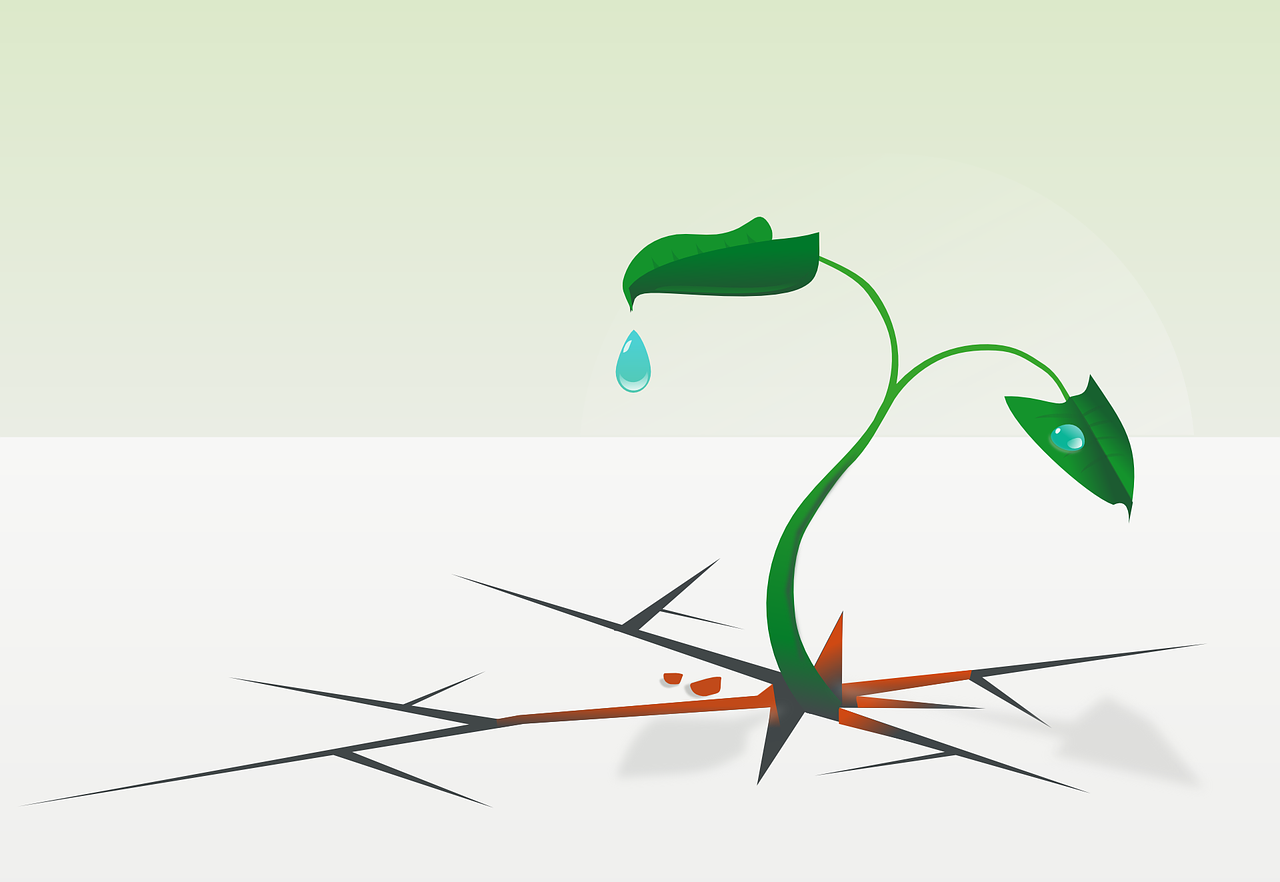In the volatile world of entrepreneurship, failure is often perceived as the ultimate stumbling block—a moment when dreams seem to crumble and motivation falters. Yet, an increasingly widespread realization among successful entrepreneurs is that failure is not a dead end but a vital component of growth and innovation. Companies like Apple and Tesla exemplify this resilience, having navigated major setbacks and emerged stronger. As markets become more dynamic and unpredictable in 2025, learning to embrace failure and develop strategies to bounce back is more critical than ever. Entrepreneurs are discovering that setbacks, when approached with the right mindset, offer invaluable lessons that fuel creativity and strategic pivots, ultimately igniting success.
This article explores how entrepreneurs across industries—from giants like Amazon, Microsoft, and Nike to global brands such as Zara and Starbucks—manage failure and convert it into transformative opportunities. We’ll delve into the psychological frameworks that underpin resilience, highlight practical mechanisms for recovery, and analyze case studies that showcase triumph born from adversity. By understanding the intricate dance between failure and perseverance, entrepreneurs can foster adaptability, build supportive networks, and learn to celebrate even small victories as stepping stones toward lasting achievement.
Developing a Growth Mindset: The Psychological Foundation for Handling Failure
For entrepreneurs, the ability to see failure not as a catastrophe but as a feedback mechanism is fundamental. This paradigm shift hinges on cultivating a growth mindset—a belief that abilities and intelligence can be developed through dedication and hard work. This mindset, popularized by psychologist Carol Dweck, empowers entrepreneurs to welcome challenges, be resilient in the face of setbacks, and persist through adversity. Companies like Microsoft have fostered such a culture, encouraging their teams to experiment and learn from mistakes rather than fear them.
Entrepreneurs who embrace this philosophy understand failure as an opportunity to gather critical insights. For example, Netflix’s transition from DVD rentals to streaming came after recognizing the limitations and eventual obsolescence of its initial business model. This willingness to pivot, rooted in a growth mindset, exemplifies the agility companies must foster to thrive.
Key Components of a Growth Mindset for Entrepreneurs
- Embracing Challenges: Approaching difficult situations as opportunities rather than threats.
- Learning From Criticism: Viewing feedback, even if negative, as a guide to improve.
- Persistence: Continuing efforts despite failure or obstacles.
- Celebration of Effort: Valuing the process and growth rather than just the results.
- Optimism: Maintaining a positive outlook to fuel motivation.
Consider the agility demonstrated by Tesla when initial production challenges threatened its Model 3 launch. Instead of abandoning plans, Tesla restructured production lines and intensified quality checks, turning those early setbacks into a launch that set new industry standards. This kind of resilient response is a hallmark of a healthy growth mindset.
| Growth Mindset Trait | Entrepreneurial Benefit | Example Brands |
|---|---|---|
| Embracing Challenges | Innovation opportunities and risk-taking | Apple, Tesla |
| Persistence | Long-term pursuit of goals despite setbacks | Amazon, Starbucks |
| Optimism | Enhanced problem-solving and motivation | Microsoft, Nike |
This mindset transformation sets the stage for entrepreneurs to engage actively with their failures, transforming obstacles into insights that propel their ventures forward.

Analyzing Setbacks: Turning Failure Into Strategic Insight
Successful entrepreneurs don’t simply endure failure; they dissect it. By conducting rigorous root cause analyses, they identify process failures, market misalignments, and operational weaknesses. This reflection allows for targeted pivots, optimizing future strategies.
Howard Schultz’s initial struggles to expand Starbucks into new markets illustrate this. After setbacks, Schultz re-examined market research and consumer expectations, recalibrating his approach for global growth. Similarly, Alibaba’s ongoing evolution relies heavily on learning from localized failures and adjusting accordingly to remain dominant in tailored markets.
Strategies to Leverage Failure Analysis
- Root Cause Identification: Pinpointing specific factors contributing to setbacks.
- Data-Driven Adjustments: Using analytics to inform changes in strategy or operations.
- Collaborative Reflection: Engaging teams to gather diverse perspectives on failures.
- Documentation: Recording lessons learned to avoid repeating mistakes.
- Strategic Pivoting: Adapting business models based on findings for better alignment with market needs.
Integrating insights into practical action plans ensures failures serve as fertile ground for future success. Links like this guide on pivoting business strategy provide frameworks entrepreneurs can adopt to navigate transformations effectively.
| Failure Analysis Step | Description | Benefits |
|---|---|---|
| Root Cause Identification | Look beyond symptoms to underlying issues | Prevents recurring problems |
| Collaborative Reflection | Team-based discussions on failures | Broadens perspective and drives innovation |
| Strategic Pivoting | Adjusting business approaches | Aligns company with evolving market demands |
Case studies from brands like Coca-Cola highlight how revisiting failed marketing campaigns has yielded fresh, targeted success by refining strategies based on previous miscalculations.

Building Emotional Resilience and Support Networks for Entrepreneurial Recovery
Resilience extends beyond mindset; it is deeply connected to emotional intelligence and the external support systems entrepreneurs cultivate. Managing stress and negative feelings effectively is critical to bouncing back stronger after failure.
Empirical evidence shows that entrepreneurs with strong support networks—including mentors, industry peers, and coaches—experience less burnout and recover more rapidly. For example, Disney’s leadership has fostered environments where mentorship and team encouragement help individuals learn from setbacks collectively.
Approaches to Strengthening Resilience and Networks
- Emotional Intelligence Development: Enhances self-awareness and emotional regulation.
- Mindfulness and Stress Management: Practices such as meditation and strategic breaks improve focus.
- Building Mentorship Circles: Access to expert advice and constructive feedback.
- Peer Support Groups: Communities for shared learning and accountability.
- Celebrating Small Wins: Maintaining motivation through recognizing incremental progress.
These elements create resilience muscles that help entrepreneurs sustain performance amid adversity. It’s no coincidence that Apple’s leadership team prioritizes emotional well-being along with innovation.
| Resilience Strategy | Purpose | Expected Outcome |
|---|---|---|
| Emotional Intelligence Training | Improve emotional regulation and empathy | Better stress management and decision-making |
| Peer Support Networks | Provide encouragement and accountability | Reduced isolation and increased perseverance |
| Mindfulness Practices | Enhance focus and emotional stability | Improved productivity and resilience |
Flexibility and Innovation: Pivoting to Turn Failure Into Opportunity
In an era defined by rapid technological change and volatile markets, flexibility is a decisive asset. Entrepreneurs who quickly adapt and innovate often convert failures into growth engines, consistent with strategies employed by Amazon and Alibaba.
Innovation born from adversity demands openness to change, courageous experimentation, and a robust feedback loop. For instance, Nike’s willingness to overhaul product lines based on consumer feedback after initial failures demonstrates how adaptability drives continuous improvement.
Practices for Building Adaptive Innovation
- Encouraging Experimental Culture: Normalizing risk-taking within teams.
- Rapid Prototyping: Testing ideas quickly to gather data and refine products.
- Continuous Customer Feedback: Aligning offerings with market demands dynamically.
- Strategic Goal Setting: Using SMART goals to direct adaptive efforts.
- Leveraging Technology: Utilizing data analytics and AI to anticipate trends.
Flexibility also involves knowing when to pivot. Entrepreneurs must decide when it’s critical to change direction entirely versus when to refine an existing strategy. Resources such as business strategy pivot guides assist in making these critical choices effectively.
| Adaptive Practice | Entrepreneurial Impact | Example Brands |
|---|---|---|
| Experimental Culture | Enhances innovation and risk tolerance | Nike, Tesla |
| Rapid Prototyping | Accelerates product development cycles | Starbucks, Apple |
| Customer Feedback Integration | Ensures market relevance | Amazon, Zara |
FAQ: Navigating Failure and Building Resilience in Entrepreneurship
How Can Resilience Impact My Business Relationships?
Resilience promotes trust and enhances conflict resolution by demonstrating reliability. Entrepreneurs who bounce back effectively also model adaptability, fostering open communication and collaboration that fortify partnerships. Brands like Coca-Cola have long harnessed resilient leadership to maintain strong stakeholder relationships despite market fluctuations.
What Role Does Emotional Intelligence Play in Resilience?
Emotional intelligence equips entrepreneurs with self-awareness and stress management skills critical for navigating adversity. This heightened emotional regulation improves decision-making under pressure and nurtures empathy, which strengthens team dynamics and overall resilience.
Are There Specific Books on Resilience for Entrepreneurs?
Numerous titles offer valuable insights, including Angela Duckworth’s Grit: The Power of Passion and Perseverance and Eric Greitens’ Resilience: Hard-Won Wisdom for Living a Better Life. These resources provide actionable frameworks tailored to cultivate an entrepreneurial mindset focused on overcoming challenges.
How Do I Measure My Resilience Over Time?
Tracking resilience can be done through periodic self-assessments measuring recovery time from setbacks, emotional responses, and adaptability. Reflective journals or structured surveys enable entrepreneurs to identify growth areas and track progress, turning resilience into a measurable and improvable skill.
Can Resilience Be Taught or Is It Innate?
While some individuals may have a natural disposition toward resilience, it can indeed be cultivated through targeted training. Structured resilience development programs, including coaching and emotional intelligence training, empower entrepreneurs to build robust coping mechanisms and adaptive strategies for thriving amid uncertainty.

